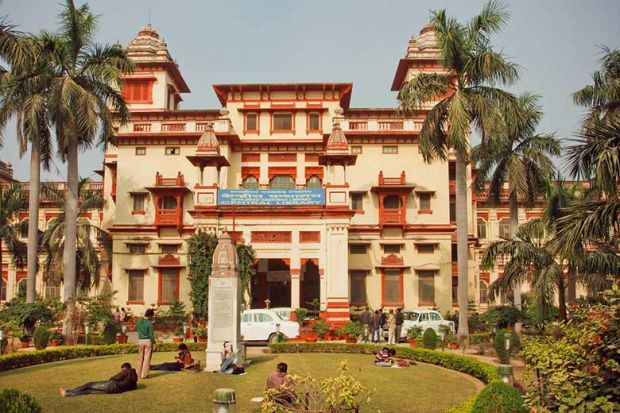While the majority of India’s rapid expansion of higher education over the past few decades has been in the private sector, public universities have also grown substantially. Yet the difficult politics underlying their establishment can sometimes undermine their effectiveness.
Public universities – founded and partially funded by the federal government – tend to be more research-intensive and higher quality than state or private universities. Since quality is limited in Indian higher education, they have historically been able to attract good staff and students regardless of their location. This is particularly true for the Institutes of National Importance: research-intensive, single-disciplinary public institutes, such as Indian Institutes of Technology, whose number has increased from just over 10 three decades ago to more than 100.
Harbouring national and global aspirations, such institutions have traditionally shown very little consideration for their local regions. But the regions are keen to host them owing to the prestige they confer – especially if they specialise in technology or management. Hence, establishing a new public university is often mired in political negotiation. The region’s representatives in the federal parliament bargain for its establishment, hoping to flaunt it as their contribution to their locality.
But little effort is made to identify the most strategically appropriate region to host a new public university. Hence, many are in rural or semi-urban regions, spread out across almost every state.
The location problem is exacerbated by regions’ struggles to provide the new public universities with the necessary resources. It is the regions’ responsibility to provide services such as water, electricity and internet connections, but this is rarely addressed in the negotiation between the state and federal governments, leaving the regional stakeholders frequently unprepared to do so.
The state must also provide the land – either free or at a nominal cost. But Indian Institutes of Technology, for instance, are required to be established on campuses of at least 500 acres. Such large sites are hard for the regions to find in their core economic areas. Hence, many new public universities end up being situated in more peripheral areas. This often necessitates a new regional development plan to provide them with the basic infrastructural support they would otherwise lack.
A successful example of this is the Indian Institute of Science Education and Research, in the Mohali region of northern India, whose corresponding urban development plan included setting up a knowledge city. But it is one of very few new public universities whose campus has been finished on time, and is well connected to other cities and universities.
These infrastructural failings, together with governmental haste for the new institutions to start academic programmes, often leads to the prioritisation of teaching over research, and to launching with academic and research programmes that have lower dependency on infrastructure and resources.
Some of the well-known public universities established several decades or even centuries ago, such as the Banaras Hindu University, IIT Kanpur and IIT Kharagpur, are also in regions that continue to be semi-urban. However, the prevailing socio-economic development narrative in India is becoming ever more urban-oriented. Faculty members today want private schooling for their children, opportunities for their spouses to work, and connectivity to the rest of the country. Meanwhile, students desire a vibrant campus life and an easy transition to city living. Hence, the new public universities in the rural or semi-urban regions lose out to the better-established ones (from which they have few distinguishing features) or to those in urban regions.
An additional constraint for the public universities is the requirement for them to adhere to norms of the federal government in several of their operating activities, such as recruitment of staff, engagement with service providers and procurement of equipment. These national standards make it difficult for the institutions to leverage the region for their development. Moreover, regional communities are also often not equipped to adhere to such norms, which can lead to mismatched expectations between the institutions and their regional communities.
By contrast, private universities can negotiate directly with the urban regions for land and resources, potentially allowing them to secure a more suitable environment. In this way at least, they may have an advantage when it comes to attracting faculty and students.
Debananda Misra is a doctoral student at UCL.
后记
Print headline: Horse-trading blights pedigree




